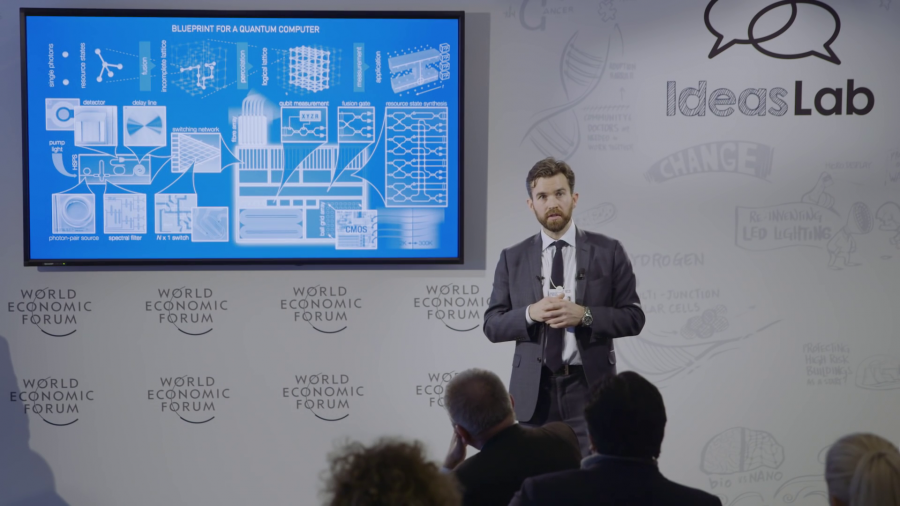So, from vast data centers to mobile phones, the power of computers continues to transform our lives. But there are some problems across artificial intelligence, in the design of new materials, pharmaceuticals, and clean energy devices that they will simply never solve. So even if we turned our entire planet into a giant supercomputer we wouldn’t be able to solve these and many other important problems. The good news is that if we could build a computing device based on fundamental quantum principles, we could.
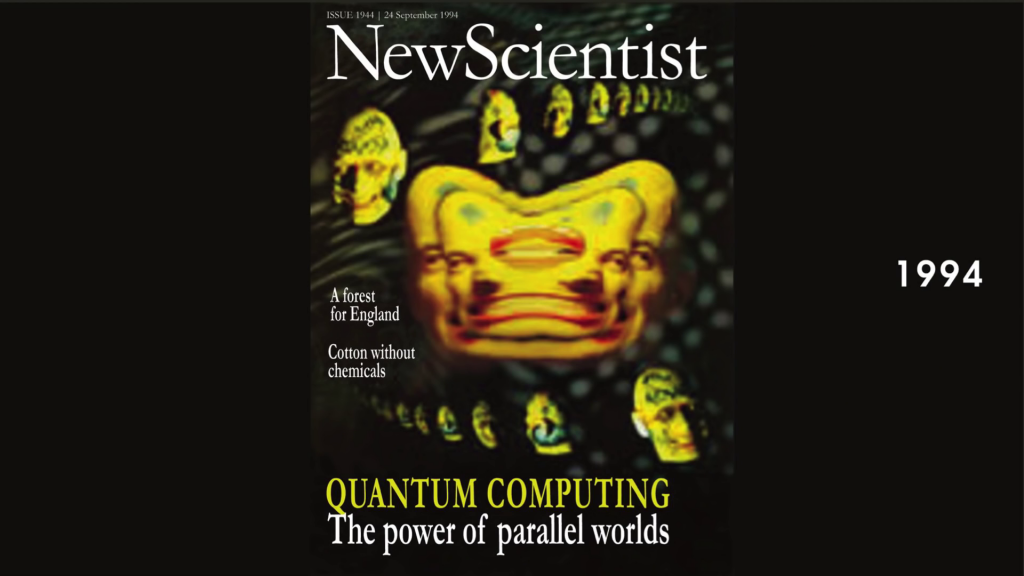
New Scientist, Issue 1944, September 24, 1994
And so back when I was a long-haired undergraduate student, I lent this magazine to everyone in my quantum mechanics class. And the idea that we could build an unimaginably powerful computer by harnessing the bizarre laws of quantum physics seemed crazy. And I never got the magazine back, but I no longer think it’s crazy. And so in 2001 I was really amazed to tackle this problem of how we get from the few components that we have in the lab to the millions that we need to build a useful quantum computer.
And back then in 2001, I was inspired by a really breakthrough proposal which showed that actually we can quantum compute with light. What we’ve come to today is the ability to manufacture a quantum computer based on light, using the semiconductor industry as we know it today
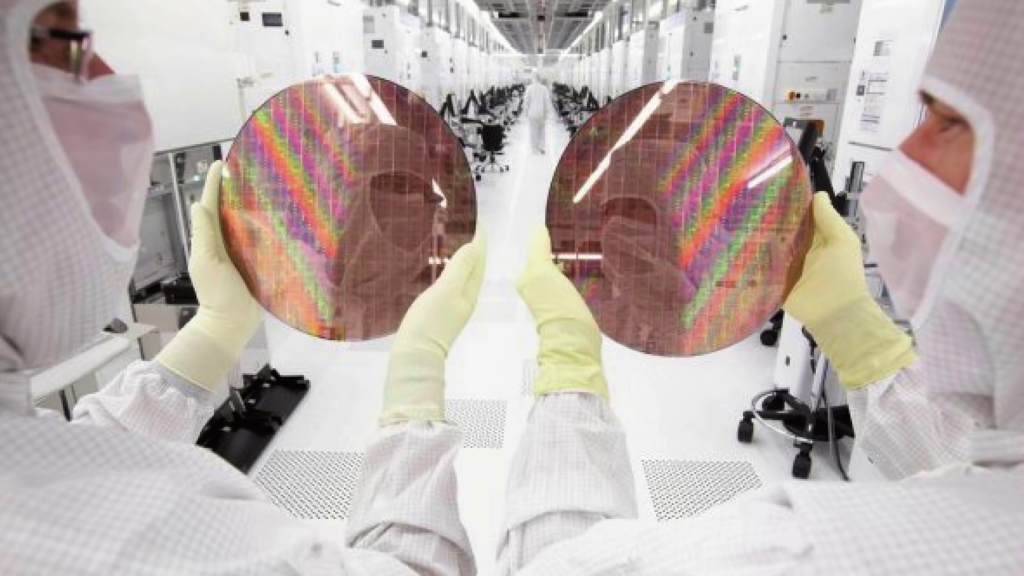
So these silicon wafers contain millions of computer chips, and each of those chips contains billions of computers. And so back to the beginning of the story, the idea of using light is a very appealing one. Although it’s flying around at the speed of light these systems exhibit almost no noise. So they’re not plagued by the noise that almost all other quantum systems are subject to.
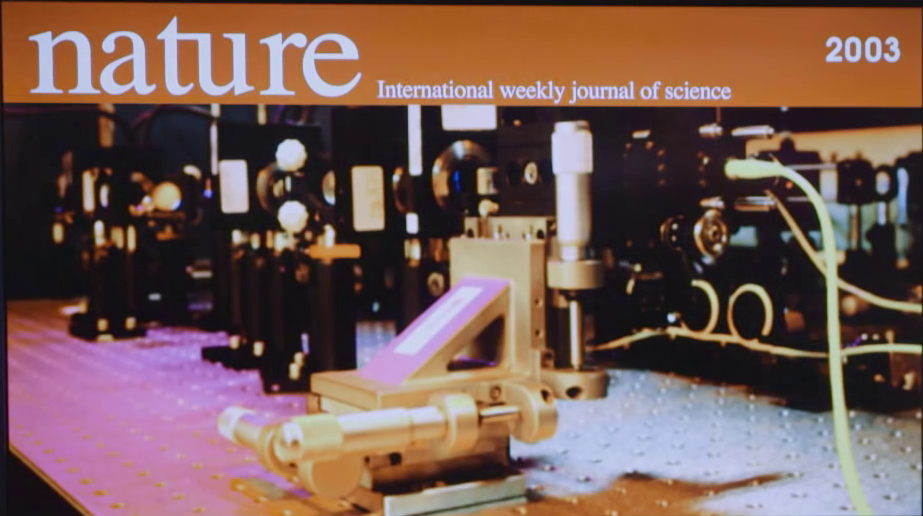
“Demonstration of an all-optical quantum controlled-NOT gate”, Nature 426, 264–267 (20 November 2003)
And so I switched from a matter-based approach to quantum computing and spent the next two years aligning and designing and assembling this forest of optical elements on a huge laboratory table. And this system implemented the key building block, a logic gate.
Now, an impressive proof of principle? Sure. Manufacturable by the millions? Absolutely not. And that simply wasn’t good enough for us.
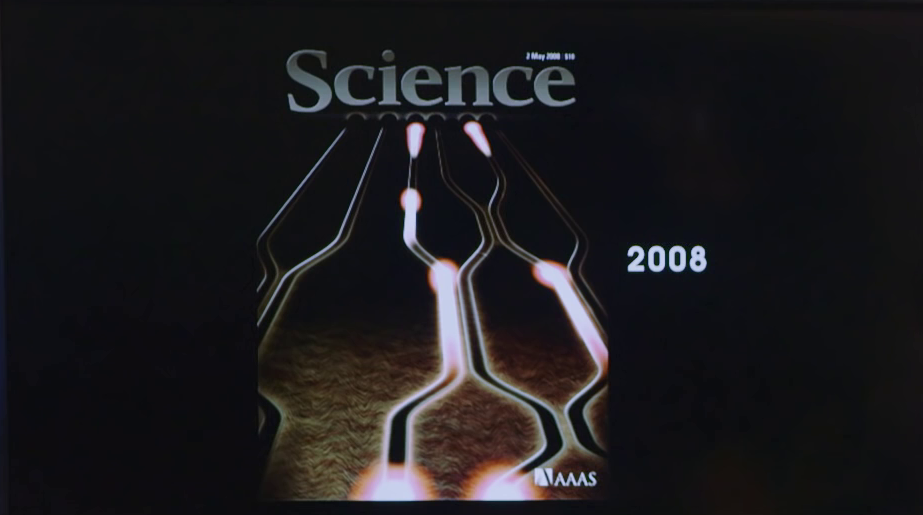
“Silica-on-Silicon Waveguide Quantum Circuits”, Science 02 May 2008: Vol. 320, Issue 5876, pp. 646–649
And so by 2008, we’d taken that entire laboratory bench full of optical components and put it onto a silicon chip measured in centimeters. Now, that was really exciting progress, and bode well for the future of quantum computing, but there was still plenty more work to be done.
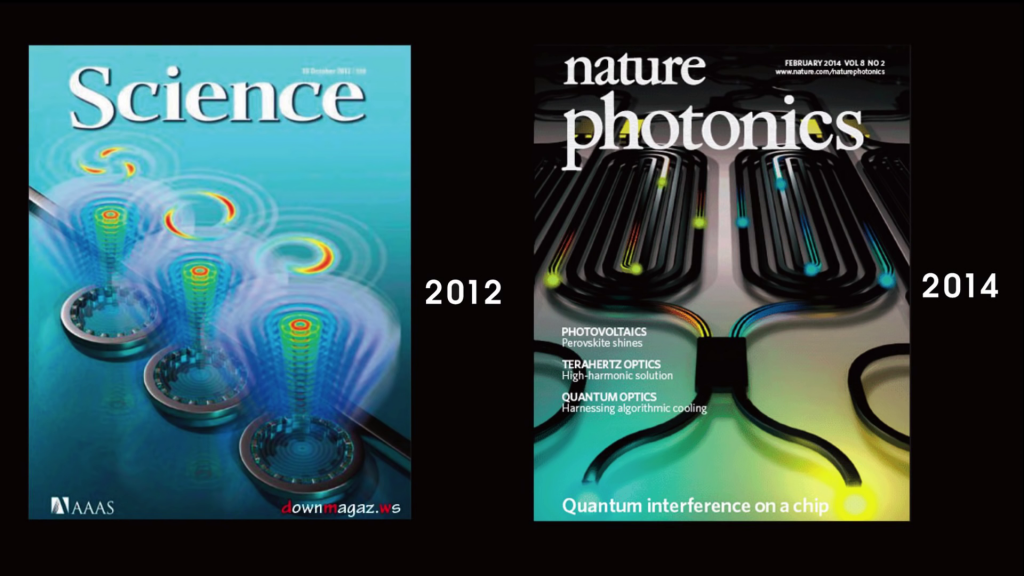
“Integrated Compact Optical Vortex Beam Emitters”, Science 19 Oct 2012: Vol. 338, Issue 6105, pp. 363–366;
“On-chip quantum interference between silicon photon-pair sources”, Nature Photonics Volume 8 No 2, 104–108 (2014)
And so just two years ago, we were able to take those same building blocks and make them one million times smaller. But even more importantly, we used the standard tools of a manufacturing line of a big chip maker. And so this brought the prospect of large scale quantum computing into sharp focus.
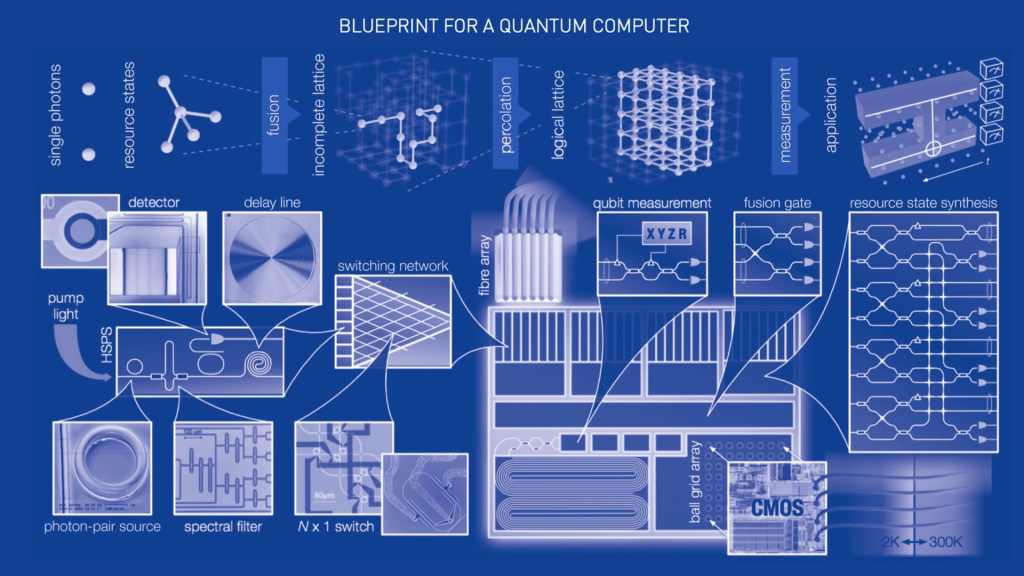
And so we’ve spent the two years since developing and refining this blueprint, which people are starting to get very excited about. I’m sure it won’t be obvious in a quick glance, but all of the components are standard and no exotic fabrication or operating conditions are required. And this blueprint will enable us to build the first quantum machine capable of tackling important problems across artificial intelligence, genomics, and genetic engineering. In finance, and in the design of new materials, pharmaceuticals, and clean energy devices.
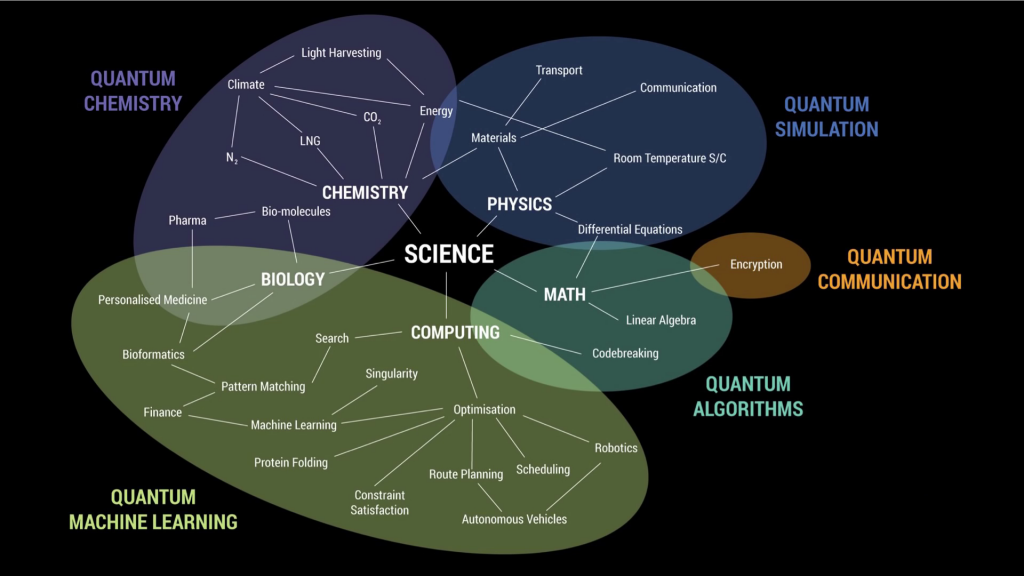
It’s also true that if you look anywhere across science and technology, you’ll find problems that a quantum computer can solve. And solving these problems will enable us to tackle some of the great challenges that we face today in climate change, in economics, in Big Data, in cybersecurity, and so the list goes on.
And so to conclude, without a realistic plan of how to manufacture the millions of components that we need for a quantum computer, schemes are worth nothing. The only way that humankind currently knows how to make systems with that many components is using silicon chip manufacturing technology. And we’re in the process of doing that to bring it to bear on some of these grand challenges. And I think just as the computer is now at the center of our lives, so to a quantum computer will ignite a new technology revolution that will transform almost every aspect of our lives, society, and economy.
We’ll build this device by the end of this decade. And so I’d like to finish by asking you, how would you like to harness it to improve your life and your business? And most importantly how can we help you do that?
Further Reference
Professor Jeremy O’Brien’s profile at the University of Bristol School of Physics site.
